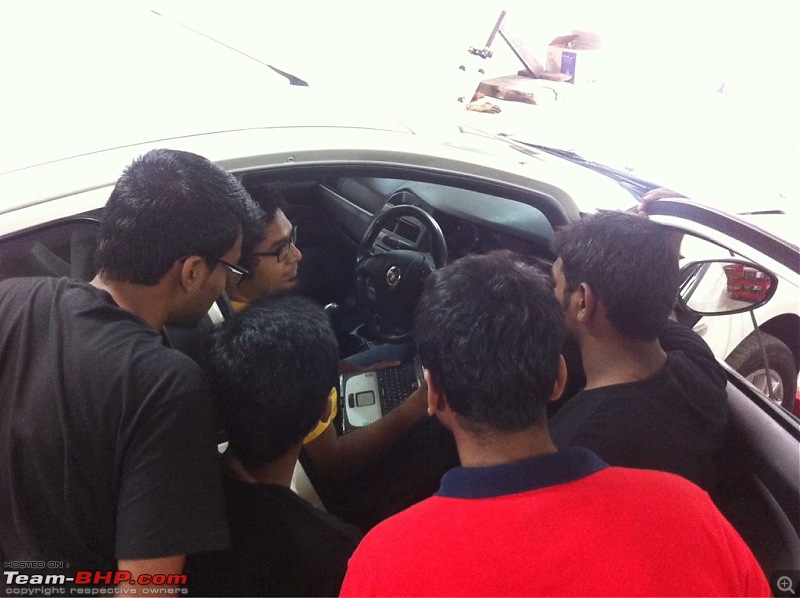| | #106 |
| Senior - BHPian Join Date: Jul 2009 Location: Calcutta
Posts: 4,665
Thanked: 6,233 Times
| |
| |
| |
| | #107 |
| BHPian Join Date: Aug 2010 Location: Coimbatore
Posts: 129
Thanked: 204 Times
| |
| |
| | #108 |
| Senior - BHPian Join Date: Jul 2009 Location: Calcutta
Posts: 4,665
Thanked: 6,233 Times
| |
| |
| | #109 |
| BHPian Join Date: Aug 2010 Location: Coimbatore
Posts: 129
Thanked: 204 Times
| |
| |
| | #110 |
| Senior - BHPian Join Date: Jun 2013 Location: Bangalore
Posts: 1,530
Thanked: 2,901 Times
| |
| |  (3)
Thanks (3)
Thanks
|
 |
Most Viewed








